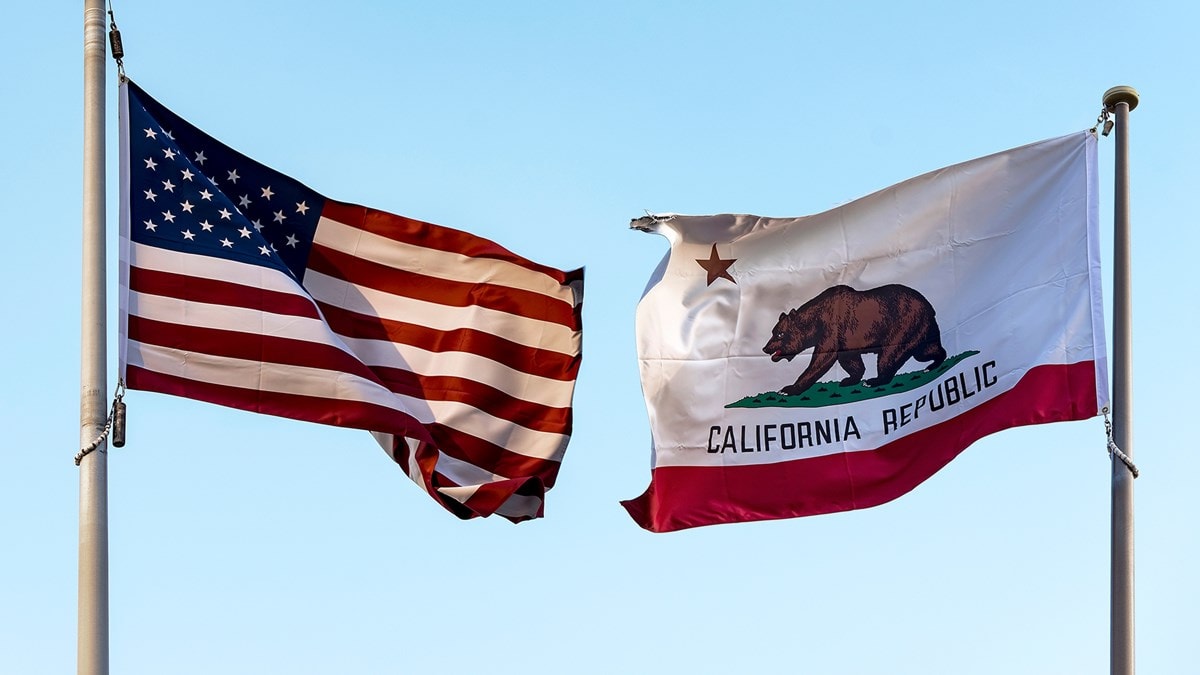
An Introduction to California Pollution Laws & Regulations
In response to a number of pollution incidents on the US West Coast, the State government of California imposes requirements on vessels in addition to those already set by the Federal government.
We have set out details of some important aspects of local pollution law that Members should be aware of when trading to California, below.
With thanks to Collier Walsh Nakazawa LLP for their input.
At least 10 days before entering or operating in California waters, both tank vessels (of any size) and non-tank vessels (300 GT or greater) are required to submit an application and their P&I Certificate of Entry, in order to apply for a California COFR. Once issued, a California COFR is then valid for two years, though renewed P&I Certificates of Entry must be submitted within 45 days of receipt of the new certificate annually. California COFRs are not transferrable.
The sums required to be evidenced differ depending on whether the vessel is a tank vessel (USD 1 billion) or non-tank vessel (generally, USD 300million, with some exceptions).
Where P&I coverage has expired, the operator must submit a copy of the vessel’s new Certificate of Entry at least 10 calendar days before operating in California waters to apply for a California COFR. When trading to California around the P&I renewal date of 20 February each year it is important that P&I cover is renewed well in advance in order to ensure the new Certificate of Entry can be issued and submitted to the California Office of Spill Prevention and Response in compliance with time limits.
Unlike the Federal COFR, P&I Clubs do not issue any letters to guarantors in respect of California COFRs.
The Application form for California COFRs should be sent to cacofr-tank@wildlife.ca.gov. The Application form for non tank vessels should be sent to cacofr-nontank@wildlife.ca.gov. Annual submissions of renewed P&I Certificates of Entry should also be sent to the same addresses.
Specialist companies exist to help owners and operators file applications for California COFRs, if required.
The original “At Berth” Regulation was first introduced in 2007, requiring a certain percentage of fleets’ vessels to plug into shore power whilst at regulated berths based on the type of vessel and frequency of port calls. The new "At Berth" 2020 Regulation which came into force on 1 January 2023 expands the requirements to include more vessel types and increases the number of regulated terminals and ports. The amended regulation aims to further reduce diesel particulate matter and nitrogen oxides from ocean-going vessels’ auxiliary engines alongside regulated Californian ports and terminals.
Information on this regulation and CARB’s FAQ document can be found here.
CASP requires 24 hours advanced notice to be provided to OSRO’s named under Vessel Response Plans in certain ports within California to aid in faster performance and response times in the event of an incident. These include:
For OSRO NRC: Humboldt Bay (Eureka), Port of Redwood City, Monterey Bay, Moss Landing, Santa Barbara Channel (Southbound) Port Hueneme, Channel islands Harbor, San Diego and small harbors such as Albion, Bodega Bay, Bolinas, Crescent City, Fort Bragg, Morro Bay, Pt Arena, Pt Reyes pillar Point, Port San Luis/Avilla, Santa Barbara Harbor, Ventura Harbor and Santa Cruz
For OSRO MSRC: Port Hueneme, Channel Islands Harbor, Monterey Bay and Moss Landing.
Notification is made by submitting a form through the vessel’s contracted OSRO.
No. 16 2015/2016 - US Vessel Response Plans - California Shoreline Protection - SCSS
US Vessel Response Plans - California Shoreline Protection
- Large Passenger Vessels of 300 GT or greater that have berths or overnight accommodations for passengers; and
- Large Oceangoing Vessels of 300 GT or greater, including private, commercial, government or military vessels equipped with a holding tank with remaining capacity or containing sewage generated prior to entry in to California marine waters
Vessels entering California waters after operating outside of the US EEZ must have a Ballast Water Management Plan, and must employ a management practice listed in Public Resources Code s 71204.3.
Vessels beginning their voyage within the Pacific Coast Region (all coastal waters on the Pacific Coast of North America east of 154 degrees W longitude and north of 25 degrees N latitude, exclusive of the Gulf of California) must conduct a ballast water exchange in ‘near coastal waters’, being at least 50nm from land and in a minimum 200m water depth.
California requires that the US Ballast Water Form is sent 24 hours prior to arrival to the California State Lands Commission (“CSLC”) at bwform@slc.ca.gov
Additionally, all vessels that arrive in California ports must submit the Marine Invasive Species Program Annual Vessel Report to the CSLC annually, but at least 24 hours in advance of the first arrival of each calendar year via their website. Vessels arriving from outside of California will need to pay a Marine Invasive Species Fee. Owners or Operators will receive an invoice directly from the California Department of Tax and Fee Administration.
Members are advised that fines will be imposed for improper ballast water exchange, as well as failure to file forms. Fines may be applied to the master, owner, operator, agent or person in charge of the vessel in an amount not to exceed US$27,500 per violation, though each day of a continuing violating will constitute a separate violation. Inspections by the CSLC are not uncommon and are extremely thorough.
In each case a fine may be imposed if the violator knowingly caused or reasonably should have known that their actions would lead to an oil spill into Californian State waters.
Members are advised to contact the Club prior to signing any spill response contracts to ensure that proposed terms do not fall foul of the International Group guidelines, since doing so potentially prejudices Club cover.
Related news
Featured article

The California Air Resources Board (CARB) Ocean-Going Vessels “At Berth” Regulation 2020 came into force on 01 January 2023. The amended regulation aims to further reduce diesel particulate matter and nitrogen oxides from ocean-going vessels’ auxiliary engines alongside regulated Californian ports and terminals.

-
California Laws 19 Jul, 2023California - Voluntary Vessel Speed Reduction
The USCG, EPA and NOAA make an annual request that all vessels 300 GT or larger reduce speeds to 10 knots when transiting within the designated VSR (Vessel Speed Reduction) zones along the California coast. All transits by vessels 300 GT or larger are analysed by NOAA via AIS data provided by USCG to assess the industry's cooperation.
![Erin Walton]() Erin WaltonAssistant Corporate Director
Erin WaltonAssistant Corporate Director -
California Laws 01 Aug, 2017US Vessel Response Plans - California Shoreline Protection
-
California Laws 26 Jan, 2015California COFR Requirements - Reminder